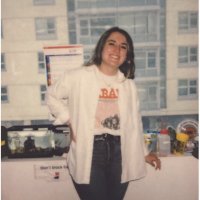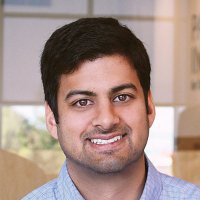
Caroline Wilson
@carwils
(she/her) @UCSF Tetrad phd candidate with @LukeGilbertSF | new yorker and genome engineer formerly @nyscf and @colbycollege
ID: 430286686
07-12-2011 00:12:23
19 Tweet
123 Followers
495 Following

Morgan Taschuk We find more significant p-values when the wet lab postdoc does the analysis.

It’s #WorldCRISPRDay so naturally two browsers to catch talks from both Martin Kampmann and Omar Abudayyeh & Jonathan Gootenberg are required 🧬✂️





Absolutely elated to share that I’ll be joining the Tetrad Program UC San Francisco this fall!!!





excited about multiAsCas12a which we (Chris Hsiung 熊) show enables 6plex CRISPRi functional genomics experiments Arc Institute @ucsf doi.org/10.1101/2023.0…





